I’ve been there – frustrated and wondering, “Why won’t my dog pee outside?” It’s a common issue many pet owners face. Understanding why your furry friend is reluctant to do their business outdoors is crucial. From past experiences to fear of certain surfaces, various reasons could be behind this behavior. In this post, I’ll explore the possible causes and offer practical solutions to help your puppy feel comfortable relieving themselves outside with a leash. Let’s unravel the mystery together and get your puppy back on track with their potty routine.
Key Takeaways
- Understanding Dog Refusal
Recognize that dogs may refuse to pee outside due to various reasons such as fear, anxiety, or medical issues.
- Unpacking Potty Training
Consistent and positive reinforcement during potty training is essential for teaching dogs where to go to the bathroom.
- Weather Challenges
Be mindful of how weather conditions like extreme heat or cold can affect your puppy’s willingness to pee outside within minutes.
- Addressing Fear and Anxiety
Create a safe and comfortable environment for your dog to alleviate any fears or anxieties that may be hindering their outdoor
bathroom habits.
- Medical and Physical Concerns
Regularly monitor your dog’s health and consult a vet if you suspect any underlying medical issues affecting their bathroom behavior.
- Behavioral Insights
Understand that various factors influence a dog’s behavior, and addressing these factors can help improve their potty habits.
Understanding Dog Refusal
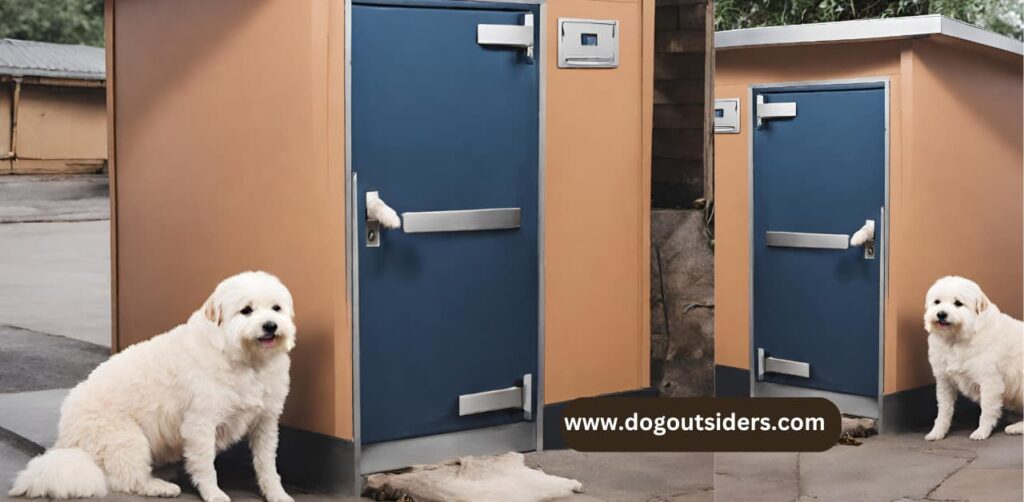
Signs of Refusal
Dogs may refuse to pee outside for various reasons, leading to frequent indoor accidents. Look for cues like reluctance to go out on a leash or sudden changes in behavior.
Body Language Cues
Observe your dog’s body language during potty breaks. Signs of discomfort or fear, such as cowering or trembling, can indicate their reluctance to pee outside.
I remember when my dog, Max, would flatten his ears and tuck his tail between his legs when we approached the door for a walk. It was evident that he felt anxious about going outside to pee.
Importance of Understanding
It is crucial to understand your puppy’s specific reasons for refusing to pee or poop outside. Factors like past trauma, lack of socialization, or fear of unfamiliar surroundings can contribute to this behavior.
Recognizing these underlying issues can help you address them effectively and create a safe and comfortable environment for your furry friend.
Unpacking Potty Training
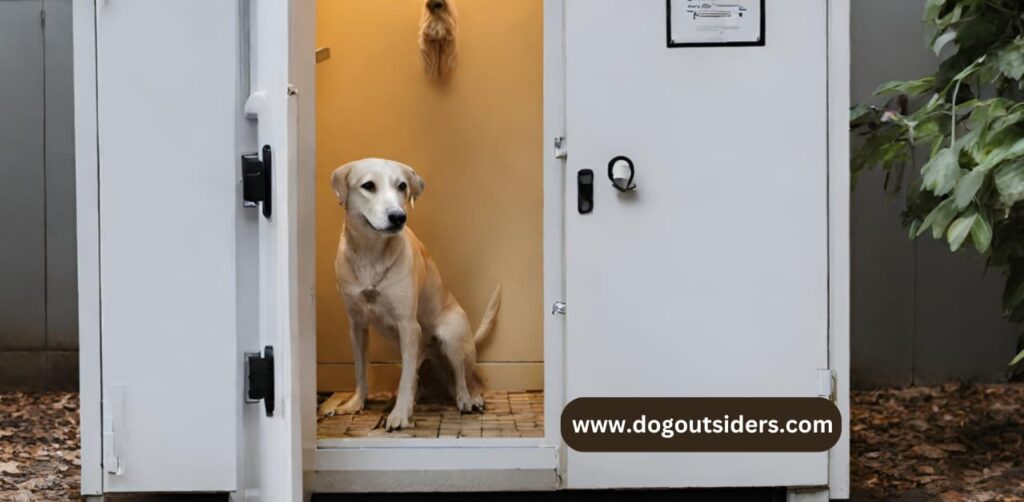
Reinforcing Basic Techniques
Consistency is key when potty training your dog. Take your puppy outside frequently, especially after meals and naps. Use outdoor potty training as the primary method to establish the habit of peeing outside.
Ensure you praise and reward your pup with treats immediately after they pee outdoors. This positive reinforcement helps them associate peeing outside with a pleasant experience. Gradually increase the time between potty time breaks to encourage bladder control.
Positive Reinforcement Strategies
Implement a rewards system where pee pads are gradually moved closer to the door leading outside. This transition helps your puppy understand that peeing should occur outside. Avoid scolding or punishment for accidents inside.
By strategically utilizing puppy pads, you can guide your pup toward outdoor peeing habits effectively. Remember, patience is crucial in this process, as it may take time for your dog to adjust fully.
Impact of Incomplete Training
Only complete or consistent potty training can lead to clarity for your dog. They might need help understanding the difference between indoor and outdoor bathroom breaks. This confusion can result in a reluctance to pee outside.
Dogs thrive on routine, so irregular bathroom breaks can disrupt their instincts. If your dog has been using indoor pads but now refuses to pee outside, it could be due to this inconsistency in training methods.
Weather Challenges
Extreme Conditions
Extreme weather conditions such as heavy rain, snow, or extreme heat can deter your dog from peeing outside. Dogs, especially puppies, may refuse to go outside due to discomfort or fear of these conditions.
Adapting to such extreme weather can be challenging for your furry friend. Providing alternative solutions, such as indoor pee pads or designated bathroom areas, can help during unfavorable weather.
Gradual Exposure
To help your puppy adapt, gradually introduce it to different weather conditions outside. Start with short trips outside during mild weather and progressively increase the duration.
Consistency is key when training your dog to pee outside in various weather conditions. Positive reinforcement and patience are essential for successful outdoor potty training.
Incorporating playtime and rewards outside during outdoor bathroom breaks can make the experience more enjoyable for your dog. Building a positive association with outside peeing can encourage them to do so regularly.
Addressing Fear and Anxiety

Potential Triggers
Dogs may fear peeing outside due to past negative experiences, such as encountering loud noises or unfamiliar scents. These triggers can create anxiety during outdoor potty breaks, leading to aversion to the outside.
To help your dog overcome these fears, gradually expose them to the outdoor environment through desensitization techniques. Start by spending short periods outside, offering treats to associate positive feelings with the space.
Safe Outdoor Space
Creating a safe and comfortable outdoor area is crucial for encouraging your dog to pee outside. Ensure the space is secure and free from potential stressors like loud noises or sudden movements.
Adding familiar scents or toys can also help your dog feel more relaxed in the environment, making them more likely to engage in elimination behaviors.
Medical and Physical Concerns
Common Issues
Medical conditions and neurological issues can lead to a dog’s reluctance to pee outside. These issues may include urinary tract infections, bladder stones, or even cancer. Dogs with such conditions may find it painful to urinate outside.
Regular care and observation are crucial in identifying any underlying health problems affecting your dog’s bathroom habits. Keep an eye out for symptoms like frequent accidents indoors or straining during urination.
Consulting a Veterinarian
If you notice any unusual behavior in your dog’s peeing patterns, it is essential to seek advice from a veterinarian. A professional can conduct tests to diagnose any medical conditions that might be causing the issue.
When addressing potential issues related to your dog’s reluctance to pee outside, consider seeking guidance from a vet specializing in urinary tract health. They can provide tailored advice based on your dog’s specific needs.
Behavioral Insights
Separation Anxiety
Behavioral issues such as separation anxiety can significantly impact your dog’s bathroom habits outside. Dogs experiencing separation anxiety may feel stressed when left alone, leading to reluctance to pee outside. This can result in accidents inside the house.
When dealing with behavioral issues like separation anxiety, it is essential to address the root cause rather than just the symptoms. Behavior modification techniques, such as desensitization and counterconditioning, can help your dog overcome their anxiety and develop better bathroom habits.
Consistent Routine
Establishing a consistent routine is crucial in helping your dog feel more secure and confident during outdoor potty breaks. Dogs thrive on routine and predictability, so having a set schedule for bathroom breaks outside can help them understand when and where they are supposed to eliminate.
Creating a routine that includes regular walks, feeding times, and bathroom breaks can help reinforce positive behavior and reduce accidents indoors. By sticking to a consistent schedule, you can help your dog feel more at ease and less anxious about peeing outside.
Training Techniques Overview
Crate Training
Crate training is an effective method for establishing a routine for your dog’s bathroom breaks outside. It involves using a crate as a confinement area when you are unable to supervise your dog closely. This technique helps prevent accidents indoors and encourages your dog to hold its bladder until it is taken outside.
When I first started crate training my puppy, it took some time for him to get used to the idea of being confined. However, with patience and consistency, he eventually saw his crate as a safe space and even started going in there voluntarily.
Bell Training
Bell training is another useful technique for teaching your dog to signal when it needs to go outside. By hanging a bell by the door at your dog’s nose level, you can train it to ring when it needs to pee. Consistency is key when using this method, as it may take some time for your dog to associate the bell with going outside.
When I tried bell training with my dog, I initially thought he wouldn’t understand the concept of ringing the bell. Surprisingly, after consistent practice and positive reinforcement, he quickly caught on and started ringing the bell whenever he needed to go out.
Consistency and Patience
Consistency is crucial when implementing any training technique for outdoor peeing. By sticking to a regular schedule and providing positive reinforcement, you can help reinforce good potty habits in your dog. Remember, accidents may happen during the training process, but it’s important to remain patient and avoid punishment.
During my experience with training my dog, I learned that consistency was key to reinforcing positive behaviors. It required dedication and patience, but seeing my dog successfully pee outside made all the effort worthwhile.
Creating Positive Experiences
Reinforcing Good Behavior
To encourage your dog to pee outside, foster a positive environment during outdoor potty breaks. Avoid punishment for accidents and focus on rewarding desired behavior instead. By using positive reinforcement, you can create a positive association with outdoor peeing.
To reinforce good habits, incorporate play or treats as rewards for successful outside peeing. This will help your dog understand that going to the bathroom outside in the right place is a positive experience. Consistency is key in reinforcing this behavior, so make sure to reward your dog multiple times when they pee outside.
Establishing Routine
Establishing a routine for outside potty breaks can also be beneficial. Taking your dog to the same spot in the yard each time can help them recognize it as the designated bathroom area. Providing praise and rewards when they use this spot will further reinforce the behavior.
Using a playpen can be useful in creating a safe space for your dog during potty breaks outside. This not only helps in managing their environment but also ensures that they are focused on the task at hand – peeing outside. As an owner, being present and actively involved during these breaks can also make a significant difference.
Consistent Training Approach
Consistency is crucial when training your dog to pee outside. Make sure to take them outside regularly, especially after meals or naps, as these are common times when dogs need to relieve themselves. By sticking to a consistent schedule, you are helping your dog understand when and where they should pee.
Remember that every dog is different, so it’s essential to be patient and understanding throughout the training process. Celebrate small victories and progress, even if there are setbacks along the way. With time and dedication, your dog will learn to associate outside peeing with positive experiences.
When to Seek Professional Help
Signs to Watch For
Recognize subtle changes in your dog’s behavior, such as increased anxiety or restlessness when attempting to pee outside. Consistent accidents inside the house despite regular potty breaks may also signal the need for professional intervention.
If your efforts to train your dog have yet to be successful, seek guidance from a certified dog trainer or behaviorist. These professionals can provide tailored solutions based on your dog’s specific needs and behaviors.
Importance of Timely Intervention
Prioritize your pet’s well-being by seeking extra help when traditional training methods fail. Delaying professional assistance can lead to long-term behavioral issues that are harder to address later on.
Consulting with experts can prevent frustration and stress, both for you and your furry companion. Their specialized knowledge and experience can offer effective strategies to tackle outdoor peeing challenges successfully.
Conclusion:
When considering why your dog refuses to pee outside, various factors may be involved. Fear, anxiety, medical issues, and behavioral tendencies all play a role. Weather conditions can also affect your dog’s outdoor bathroom habits. Employ positive training methods and establish a secure environment to address the problem effectively. Patience and consistency are crucial when helping your pet feel at ease during potty breaks. Seeking professional assistance and addressing any underlying concerns promptly can improve your dog’s outdoor peeing behavior. Remember that each dog is unique, so tailor your approach accordingly for lasting results.
FAQ,s:
Dogs may refuse to pee outside due to fear, anxiety, or past negative experiences. It could also be a behavioral issue or related to medical concerns outside. Observing your dog’s behavior and seeking professional help can help address the underlying reasons.
Consistency, positive reinforcement, and establishing a routine are key in potty training. Take your dog outside frequently, especially after meals and naps. Reward successful outdoor peeing with treats and praise to reinforce the desired behavior.
Extreme temperatures, rain, snow, or strong winds may deter dogs from peeing outside. If possible, provide sheltered areas and adjust your walking schedule accordingly. Some dogs may need extra encouragement outside during challenging weather conditions.
If your dog consistently refuses to pee outside despite training efforts, shows signs of distress or physical discomfort, or suspects a medical problem, it’s time to consult a veterinarian or a certified dog trainer. Professional guidance can help identify and address the issue effectively.
Fear and anxiety can cause dogs to avoid certain environments or situations, including peeing outside. Understanding your dog’s triggers and providing reassurance through positive experiences can help reduce fear-related issues. Consistent training and patience are essential in helping your dog feel more secure outdoors.


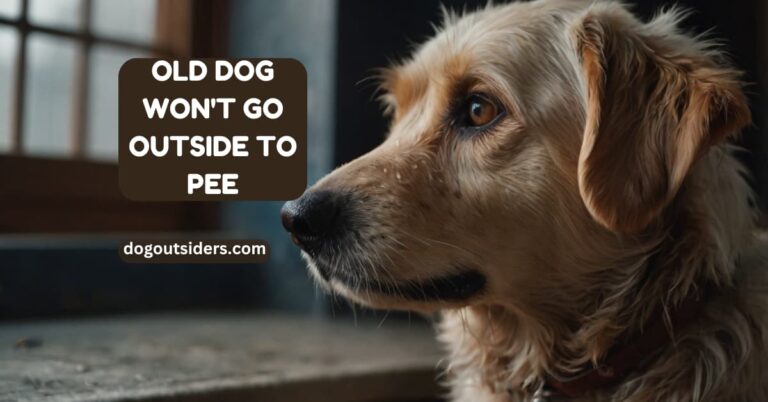
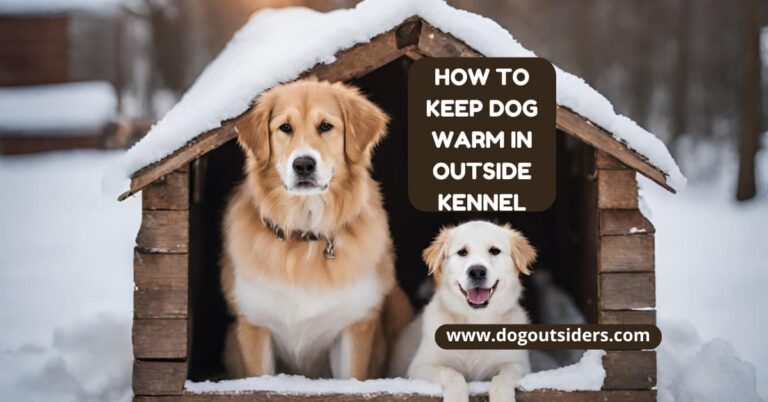

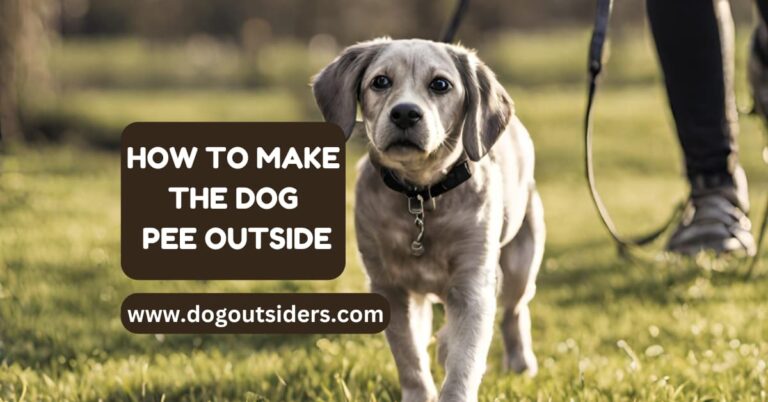

One Comment